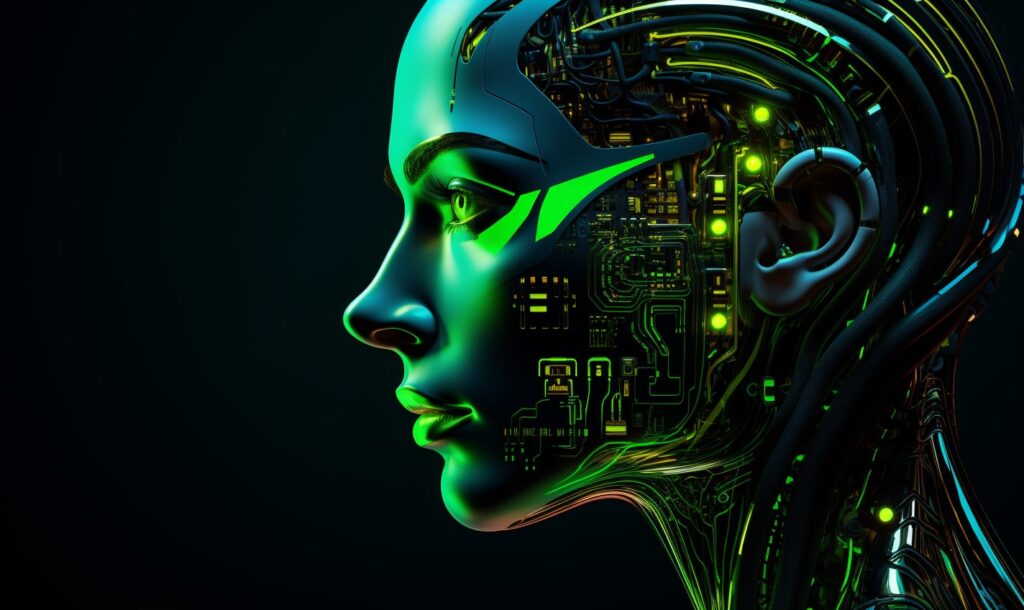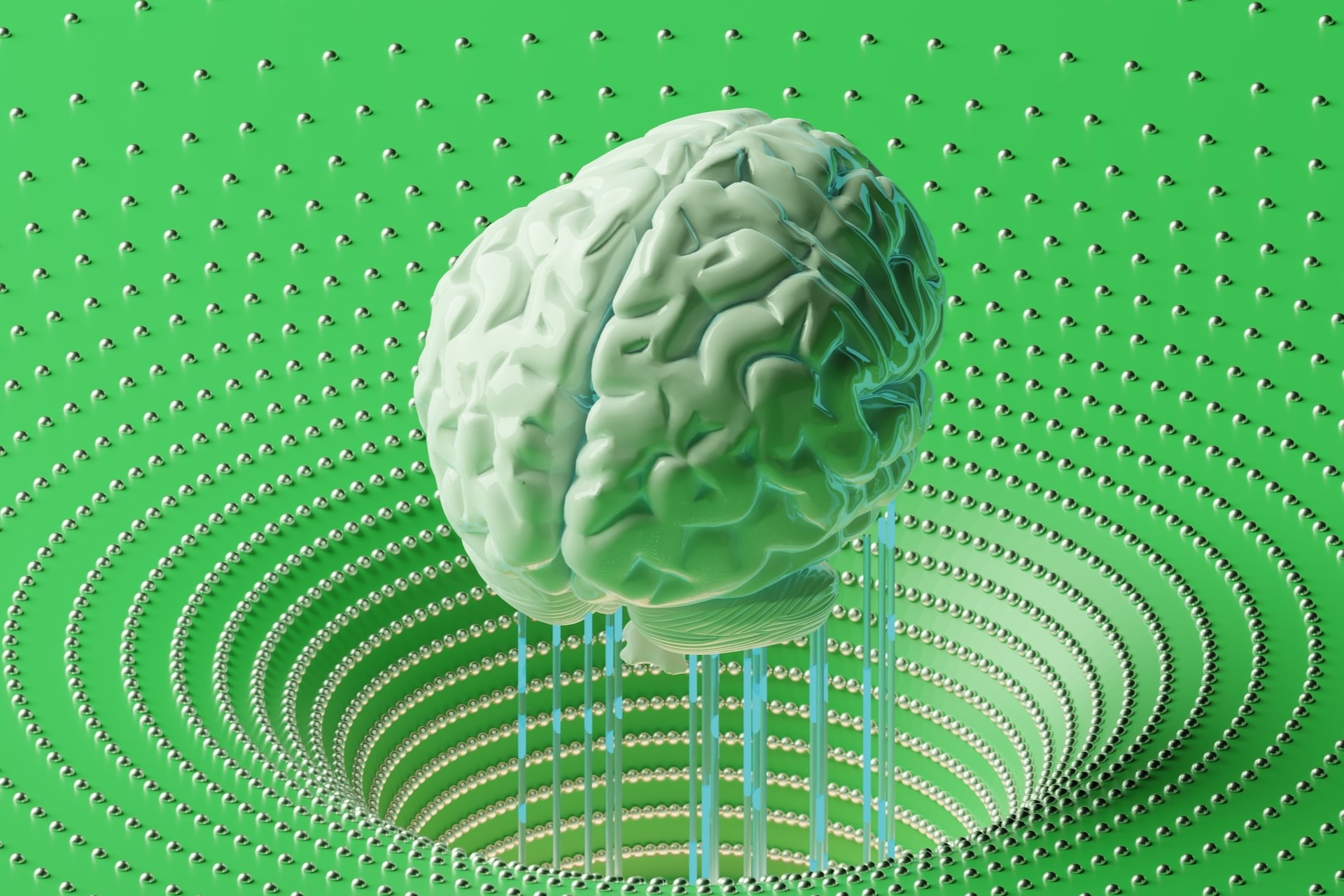There are a lot of terms to keep track of when it comes to today’s technology. As these buzzwords keep popping up, it can be hard to tell where one category ends and another begins. For example, what’s the difference between data mining and machine learning?
At first, it can seem like these two subjects are one and the same. You may even see plenty of people use them interchangeably. Just because you see it, though, doesn’t mean it’s correct.
The difference is a small but important distinction. Here’s a closer look at these two terms.
Data Mining
Data mining is the practice of analyzing substantial amounts of data to discover trends and patterns. Many businesses use it to learn more about their customers, but that’s not its only use. You’ll see data mining in everything from fraud detection to determining credit risk.
No matter the specifics, the overall goal of data mining is to gain information from an existing data set. When you data mine, you gather data, organize it and then sort through it to find trends. You can automate some of these steps, but the process still involves a lot of human input.
Another central aspect of data mining is that uses raw data. At the start of the process, all the data is unorganized and unprocessed. By the end, businesses have organized, interpreted information they can use for other processes.
Machine Learning
While data mining is a category of business analytics, machine learning is a subset of artificial intelligence (AI). Like data mining, machine learning analyzes data to find patterns, but does so with minimal human input. This isn’t the only difference between them, either.
Machine learning doesn’t stop at analyzing data but goes on to make predictions and refine its own process. After you design and set up a machine learning system, it does the rest of the work autonomously. It finds patterns on its own and teaches itself how to find new, more accurate connections.
Unlike data mining, machine learning uses algorithms, not raw info. It also goes beyond focusing on existing data sets to make predictions about future ones. Despite all these differences between them, though, they’re related concepts.
Where They Intersect
So why is it easy for you to confuse the two terms? To start, they both fall under the umbrella of data science. Their similarities don’t stop there, though.
You’ll often see them working together. A lot of data mining campaigns turn to machine learning as a second step in the process. Companies mine to gather info and organize it into the algorithms that machine learning uses. It’s also useful in cybersecurity.
Both involve using large pools of information to make informed decisions. So you can see why people can get them mixed up. While they’re not the same, there’s a considerable overlap between them.
The Difference Between Data Mining and Machine Learning
Big data is a wide category of interconnected but distinct practices. You can data mine without then using machine learning and you can use machine learning without data mining. Together, though, the two processes improve one another.
There are plenty of differences between machine learning and data mining, from their process to their purpose. These distinctions don’t make them entirely separate concepts, though, like with many subcategories in the world of big data.
They may be distinct, but in practice, you’ll see them together more often than not.
Recent Stories
Follow Us On
Get the latest tech stories and news in seconds!
Sign up for our newsletter below to receive updates about technology trends














